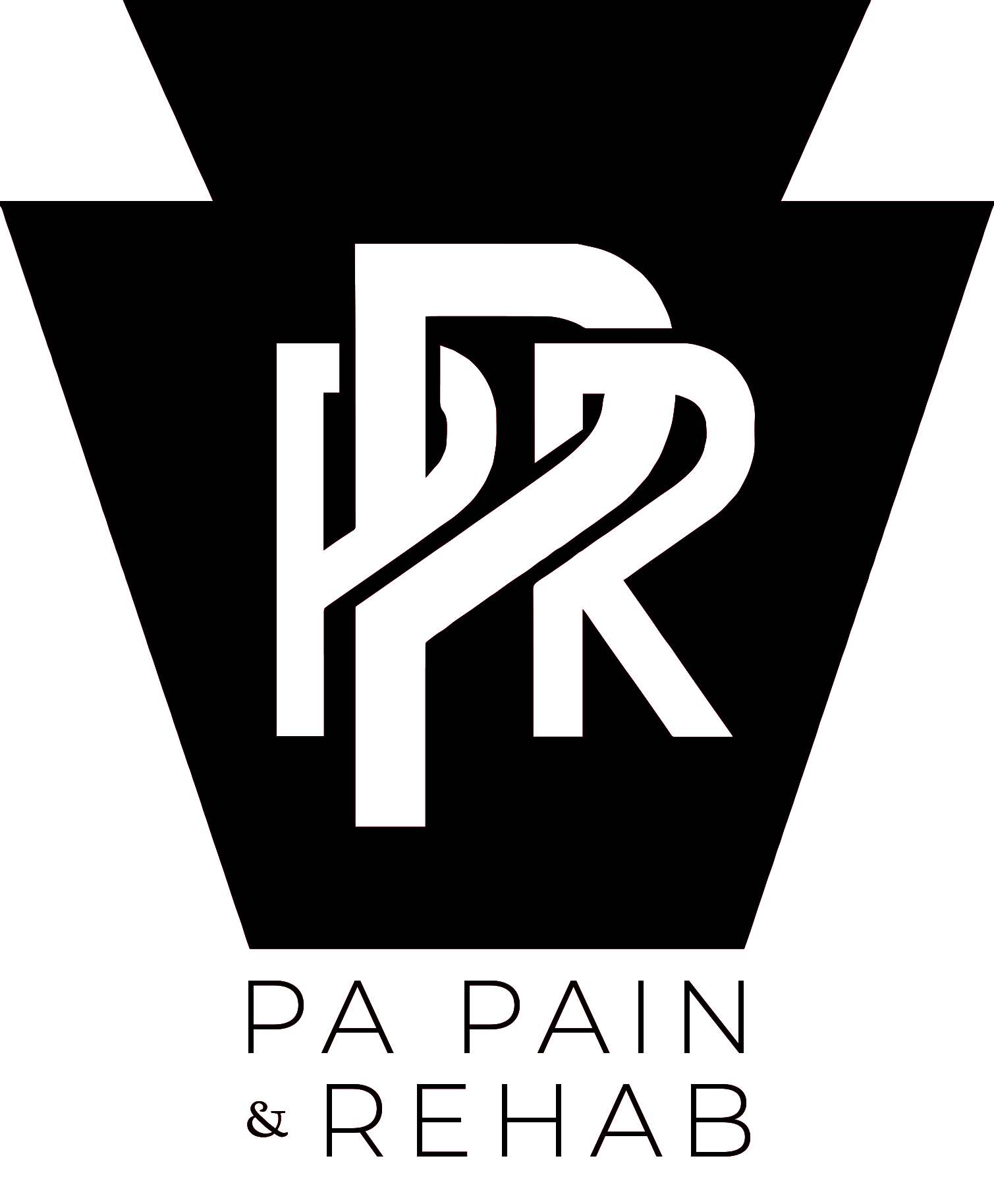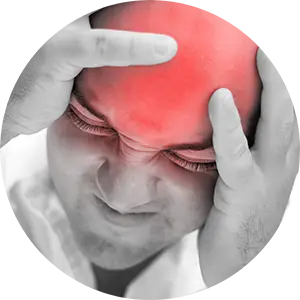If you have a headache, you’re not alone. Nine out of 10 Americans suffer from headaches. At PA Pain and Rehab, we see patients daily who suffer from headaches after a car accident, slip and fall, or even after a work-related injury.
Some patients report occasional headaches, some frequent, some experience dull and throbbing pain, and some debilitating pain and nausea. No matter what is causing you pain, it is crucial to find the root cause. For many of our headache patients, the source of their pain isn’t always their head; it can actually be coming from the neck. Headaches can be triggered by the muscles, joints, or even discs in your neck. It’s important to differentiate which type of headache you have so you can be properly treated. If your headache originates from a structural problem, no medication will fix the cause of the headache. At PA Pain and Rehab, we specialize in many techniques that will address whichever headache you are suffering from.



